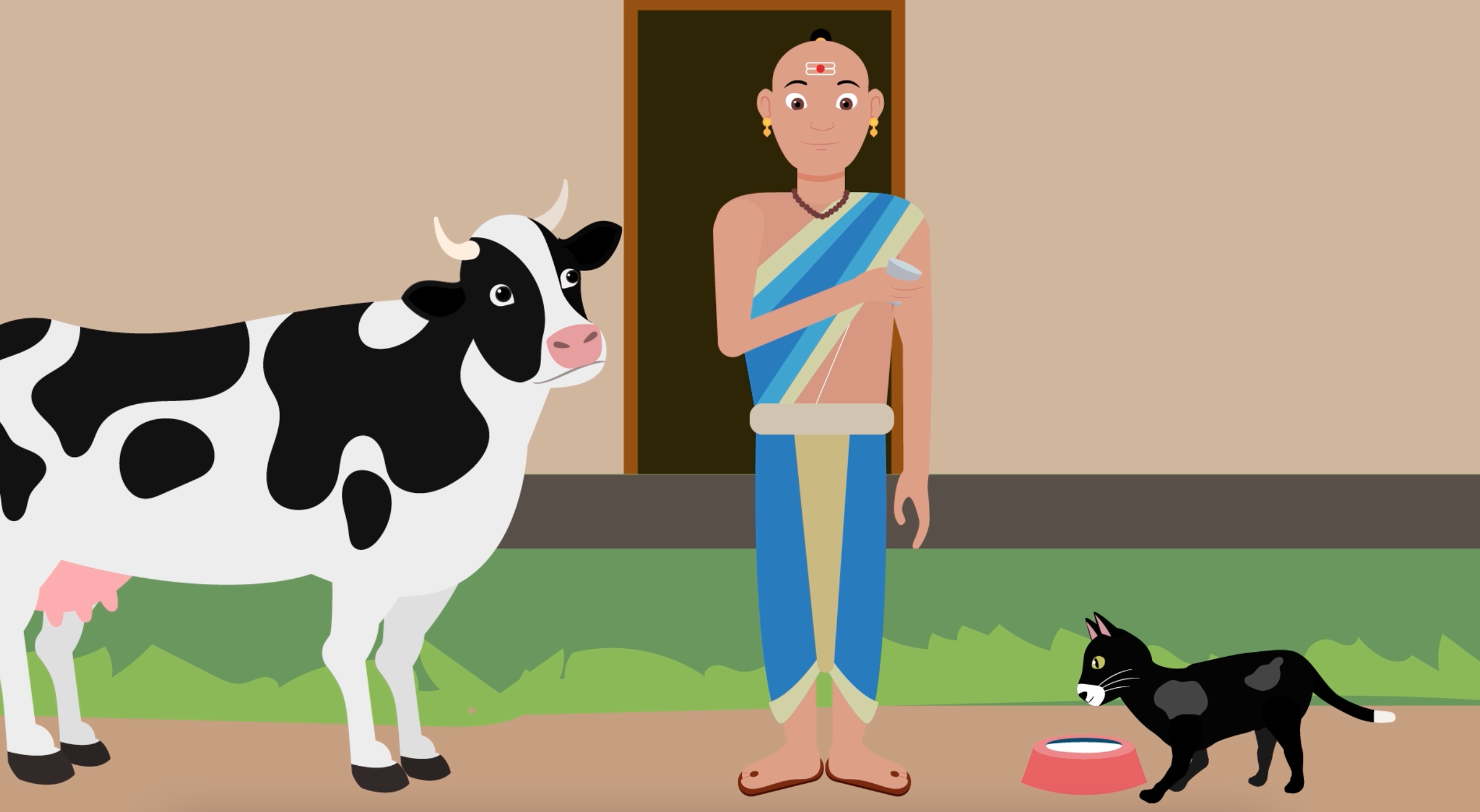Indian moral culture and its age-old trappings

India is a proud nation growing nationalistic by the day. We pride ourselves on our history, our gods, our traditions, our culture, our epics, and our rich history.
We have folk tales and epics that have been the staple of the nation. As a society, we believe that these stories are important to people as it gives them a sense of righteousness. Our society has used these stories as a means to guide children and adults on what is right and acceptable. Schools still use these stories as a means of education or imparting the Indian moral culture to children.
Among the many stories that children are still fed, the most popular are those of Tenali Raman from the 16th century. Tenali Raman was a revered courtier in the court of Krishnadevaraya. Gen X, Y and Z and beyond have been devouring these tales for many years.
One day during the peak of the pandemic my child who was in grade 1 got a video from her school. She was supposed to watch it to discuss the same in class. The video was an animation story of Tenali Raman. I started watching the video and I was perplexed and annoyed.
Honestly, I had forgotten the details of the Tenali Raman stories. Thankfully, the internet helped me connect many dots and filled many missing gaps. After a couple of minutes, my mind closed in on only one question.
How can Tenali Raman be the flagbearer of morals for kids in India?
In one story, king Krishnadevaraya of the Vijayanagara Empire realizes that there is an infestation of rats and comes up with a solution. He gives every household a cat to kill the rats. He also gives them cows to feed the cats milk. Tenali Raman also gets a cow and a cat. But, Tenali Raman is selfish and wants the milk all for himself. So, he comes up with a devious plan. He repeatedly gives the cat hot boiling milk. The innocent, hungry cat drinks the hot milk and burns his tongue. Traumatised, the cat never drinks milk again. The cat starves while Tenali Raman enjoys the cow’s milk. Upon seeing the dying cat, the King questions Tenali Raman. Tenali Raman lies to him and tells him that the cat doesn’t not like milk and always runs away from the bowl of milk.
So, essentially he hurts the cat, starves it, and also lies about it.
Now, thinking aloud – the big question?
From which angle is this story acceptable as one for children to understand and imbibe? What is the child going to normalise – the greed, the cruelty, or the fact that it is acceptable to lie?
Human civilization has been built on moral stories. But, our civilization has forgotten one crucial element – change.
The moral fabric of society is not supposed to be constant. The Indian moral culture as we know it is an amalgamation of many civilizations that have merged over centuries. It did not evolve on an island with no other influence. It has been growing and unfolding constantly. Understanding humanity is about understanding change.
So, now another big question?
Why are we feeding kids stories whose moral codes are hundreds of years old?
The above video is available on Starshine YouTube channel
3047 Views




You’re right about questioning the logic of imposing centuries-old moral codes on today’s modern, evolved, and culturally heterogeneous generation, however, from the point of view of the story itself, the “grandson” of Tenaliraman does call his “grandfather” out and say “don’t do what Tenaliraman did” and it being important to be kind and understanding to all animals as well as people. This would be true in any age/era.
Thankfully, the tale doesn’t harp on vegetarianism or turn meat-eaters into villains which then would have made an imposition in the garb of a moral.
Thank you for taking time and reading – I’m working on creating some new content for today’s children under the name Starshine do take a look, would love to hear your thoughts – https://www.youtube.com/channel/UCabpkOf0SifPNXfB_2i4ehQ